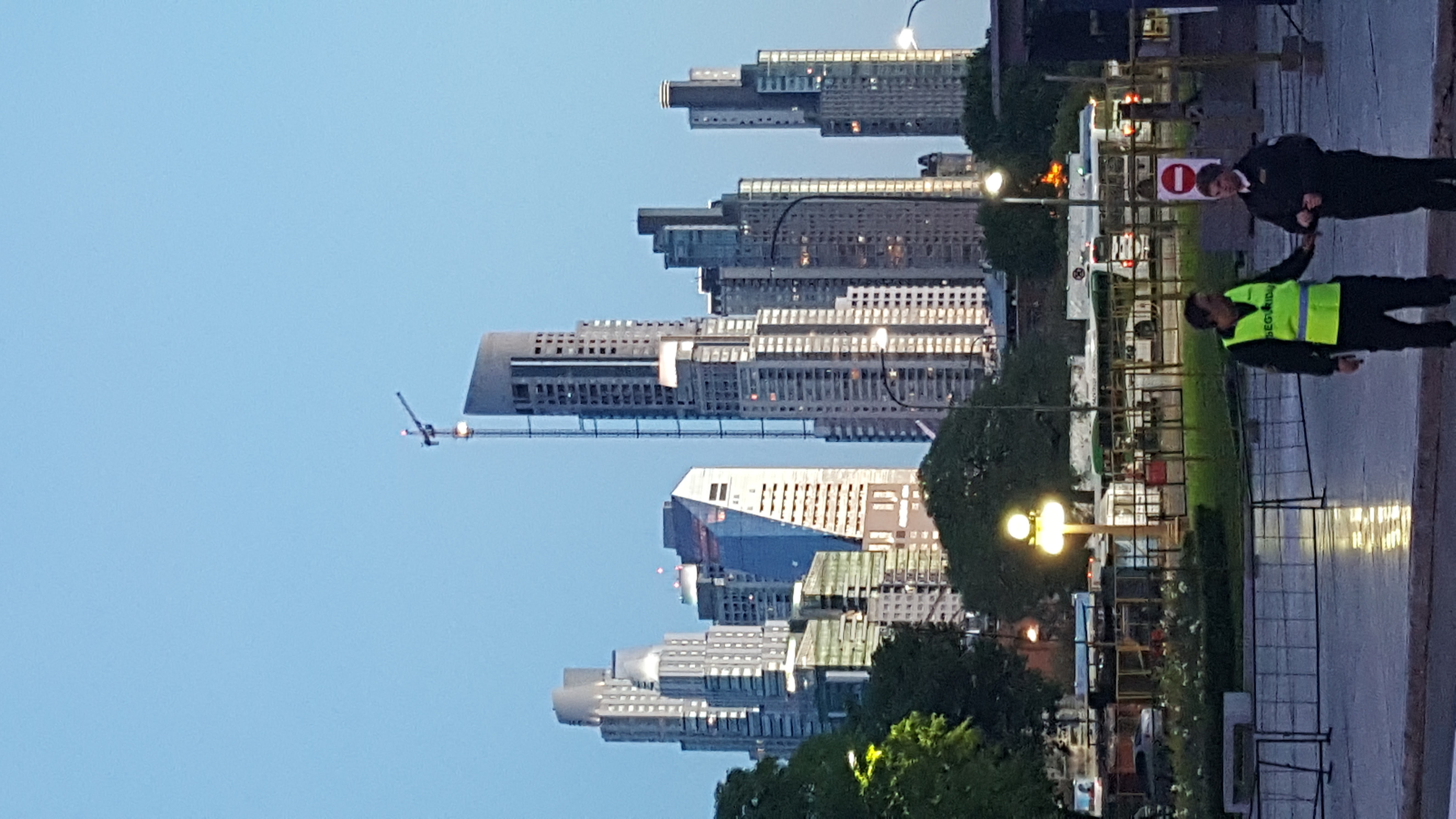
Uploaded on 2020-04-12 by Ian Beatti
1.People. Everyday the city duplicates the number of inhabitants but the huge amount of people that lives in the suburbs and works in the city. So, you have, people that stay in the city the hole day, being a permanent stock, and people who enter the city and at the end of the day leave it, being an example a flows. 2.Density. In relation with the previous point, the density of the city its constantly changing. During the working hours the “centre” of the city increases its density significantly, and during the night or the weekends the attractiveness is located in other sectors related with recreational activities, changing the centrality of the city and so its density. 3.Food. As we saw, food is not produced in the cities, it’s a constant flow that comes from rural regions causing high levels of CO2 during its production, its processing, and its transportation. Possible changes in the future I believe one possible change for the future could be the decentralization of the city in order to reduce the high flow of people. One way it could be fomenting different districts where related disciplines converge and so, instead of having one big centre you’ll